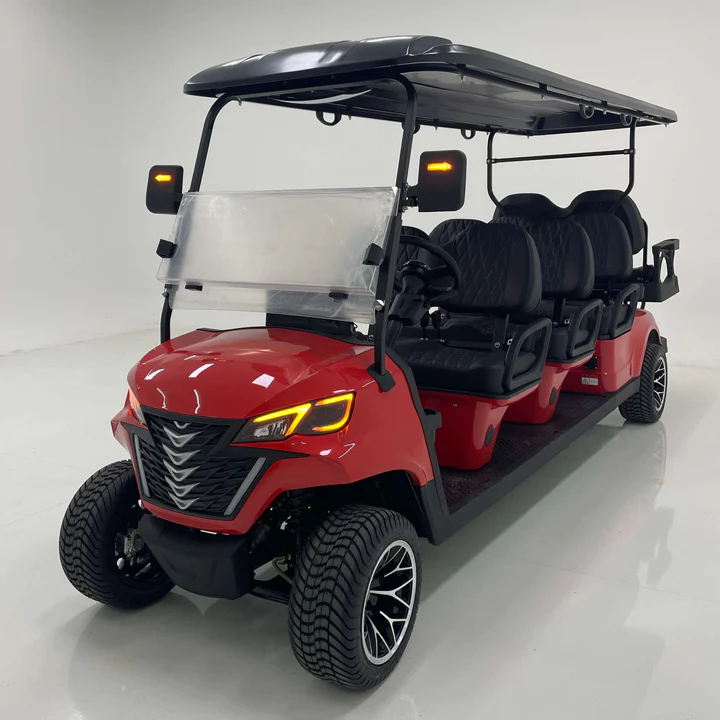Pile driving, the process of hammering piles deep into the ground or seabed, is a vital foundation technique for various construction projects across the UK. From towering skyscrapers to sturdy harbour structures, piles provide the necessary support for buildings and infrastructure in diverse environments. However, pile driving also carries inherent safety hazards that require careful planning, mitigation strategies, and adherence to best practices.
This article delves into the critical safety aspects of pile driving, highlighting the unique considerations for both land and marine pile driving operations.
General Pile Driving Safety:
Planning and Preparation:
- Site Assessment: A thorough site assessment by qualified engineers is crucial. This involves identifying potential hazards such as buried utilities, underground structures, and hazardous materials. Piling contractors with experience in the specific project area can offer valuable insights during this stage.
- Risk Assessment: A comprehensive risk assessment should be conducted to identify potential hazards associated with the chosen pile driving method, equipment, and environmental factors. This assessment forms the basis for developing a robust safety plan.
- Safety Plan and Procedures: A detailed safety plan outlining safe work procedures, emergency protocols, and evacuation procedures needs to be developed and communicated to all personnel involved in the pile driving operation.
- Competent Personnel: Only trained and certified personnel should operate pile driving equipment. Training should cover safe operation procedures, hazard identification, and emergency response protocols.
Operational Safety:
- Personal Protective Equipment (PPE): Workers on the pile driving site must wear appropriate PPE such as hard hats, high-visibility vests, safety glasses, ear defenders, and sturdy footwear. Fall protection equipment like harnesses and lifelines might be necessary depending on the work location.
- Fall Prevention: Guardrails and safety nets should be installed around working areas to prevent falls from elevated platforms or working surfaces.
- Confined Space Awareness: Certain pile driving methods involve working in confined spaces like trenches or caissons. Proper ventilation, monitoring of oxygen levels, and rescue plans are crucial for such operations.
- Ground Stability: Soil conditions need to be monitored for any signs of instability during pile driving, especially in land-based projects. Piling contractors with experience in the specific soil types can advise on appropriate monitoring procedures.
- Falling Objects: Falling debris from pile cutting or handling activities is a potential hazard. Designated safe zones for personnel and proper securing of materials are essential.
- Noise Control: Pile driving operations can generate significant noise levels. Hearing protection is mandatory, and noise barriers might be necessary to protect nearby workers and residents.
Unique Safety Considerations for Marine Pile Driving:
Marine pile driving presents additional challenges due to the dynamic water environment. Workers on barges or platforms need to be trained in safe working practices at sea, including proper use of life jackets and awareness of waterborne hazards.
The stability of barges or workboats used for marine pile driving needs to be carefully monitored to prevent capsizing during pile handling and driving operations. Experienced piling contractors with expertise in marine construction can ensure proper weight distribution and mooring procedures.
Marine environments can harbour submerged objects or marine life. Pre-construction surveys and diver inspections can help identify potential underwater hazards.
Marine pile driving can generate noise and vibrations that might disrupt marine life. Environmental regulations regarding noise levels and mitigation measures need to be followed. Piling contractors familiar with these regulations can advise on choosing environmentally friendly pile driving methods or implementing noise reduction technologies.
Land vs. Marine Pile Driving Safety:
While some safety concerns are common to both land and marine pile driving, certain aspects deserve specific attention:
- Ground Conditions: Land-based pile driving needs to consider the stability of the surrounding soil, particularly during excavation for pile installation. Piling contractors with experience in the specific soil types can recommend appropriate shoring techniques to maintain safe working conditions.
- Overhead Obstructions: Land-based projects might involve working near overhead power lines or other utilities. Communication with utility companies and clear marking of potential hazards are crucial.
- Public Safety: Land-based pile driving projects often occur in populated areas. Safety measures like fencing around the worksite and clear signage are essential to protect the public from noise, dust, and falling debris.
- Marine Debris: Marine pile driving needs to consider the potential for floating debris generated during pile cutting or handling operations. Establishing designated debris collection zones and deploying containment measures can help minimize environmental impact and potential navigation hazards.
Conclusion
Pile driving plays a vital role in creating stable foundations, but it requires a strong focus on safety. Meticulous planning, risk evaluation, and strict adherence to safety guidelines ensure the success of both onshore and offshore pile driving projects, minimizing hazards for workers, the public, and the environment. Collaborating with skilled pile driving contractors is essential for safe and effective operations. Their knowledge of risk assessment, equipment handling, and regulatory compliance gives project owners confidence. Whether securing land excavations or navigating the complexities of the marine environment, experienced pile driving contractors deliver the expertise and assurance needed for successful project completion.







